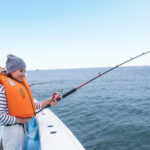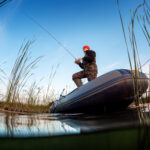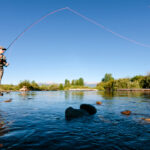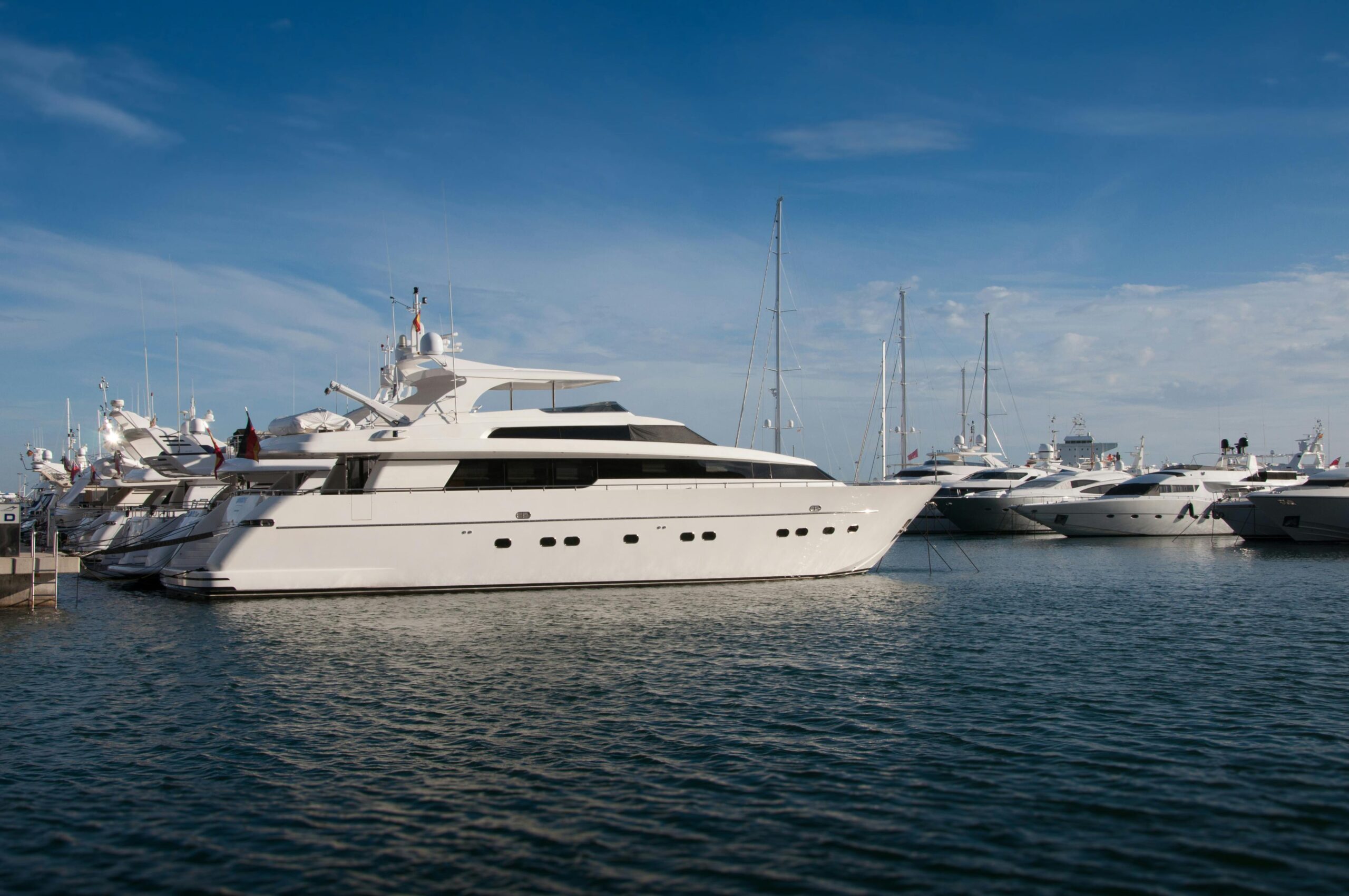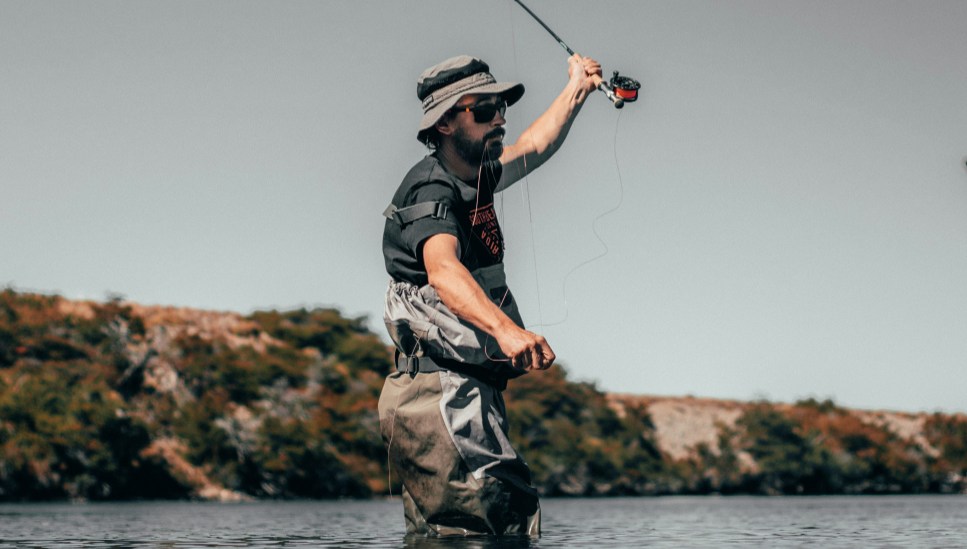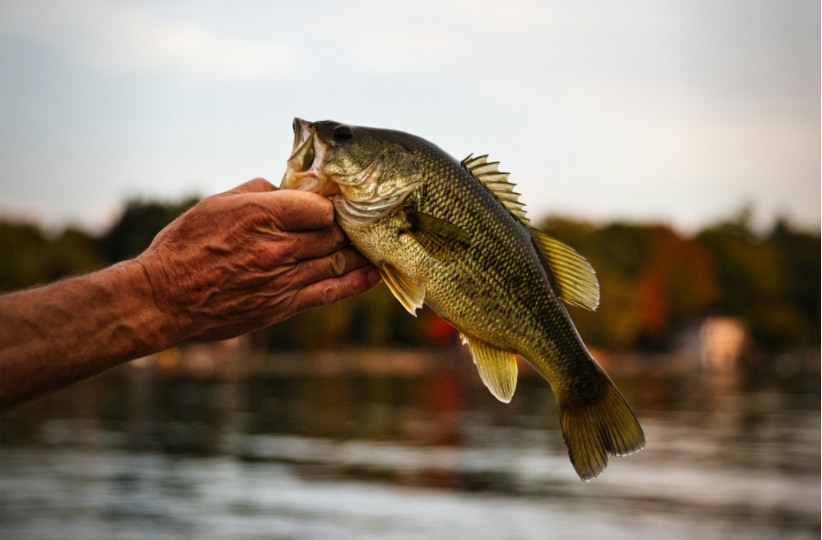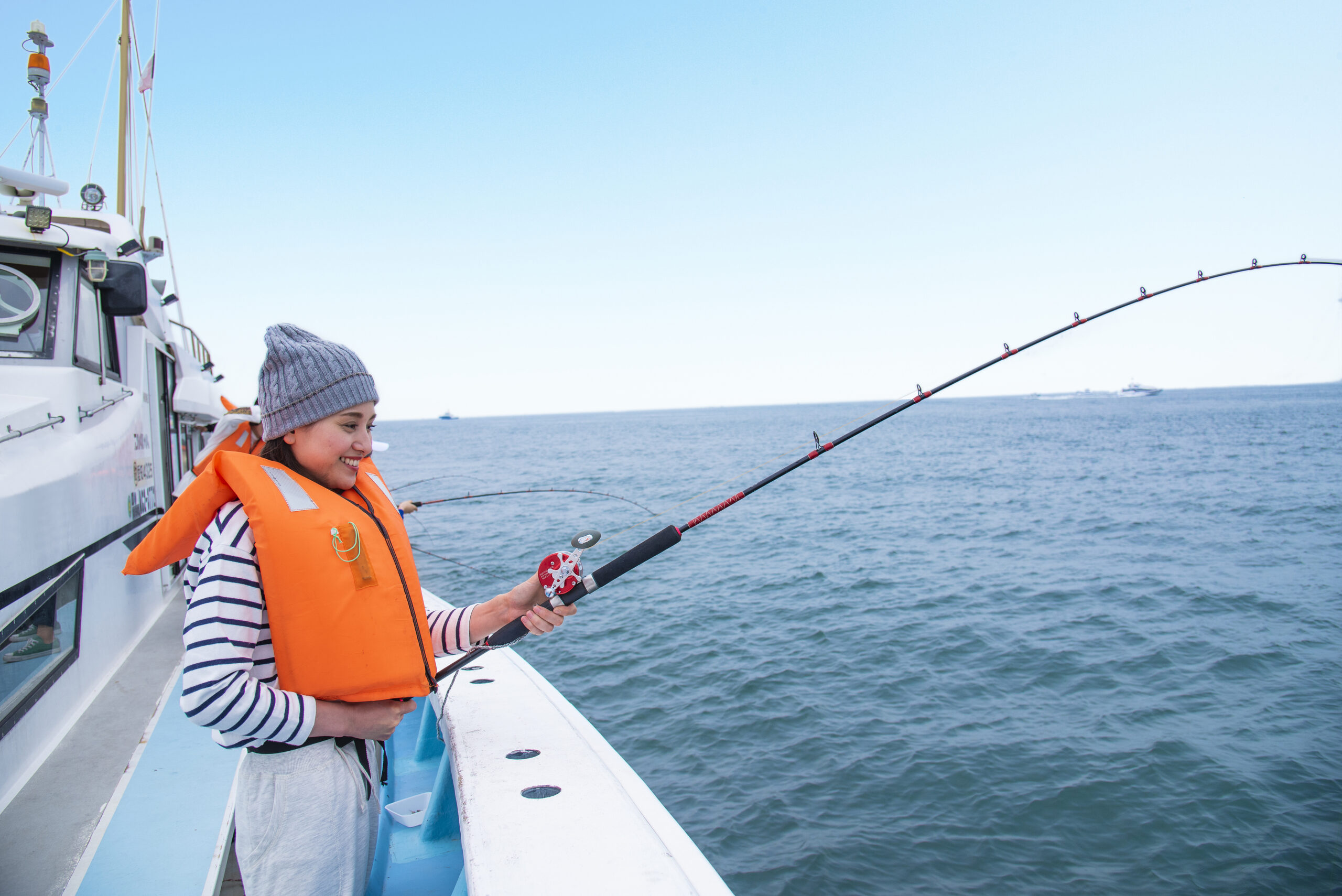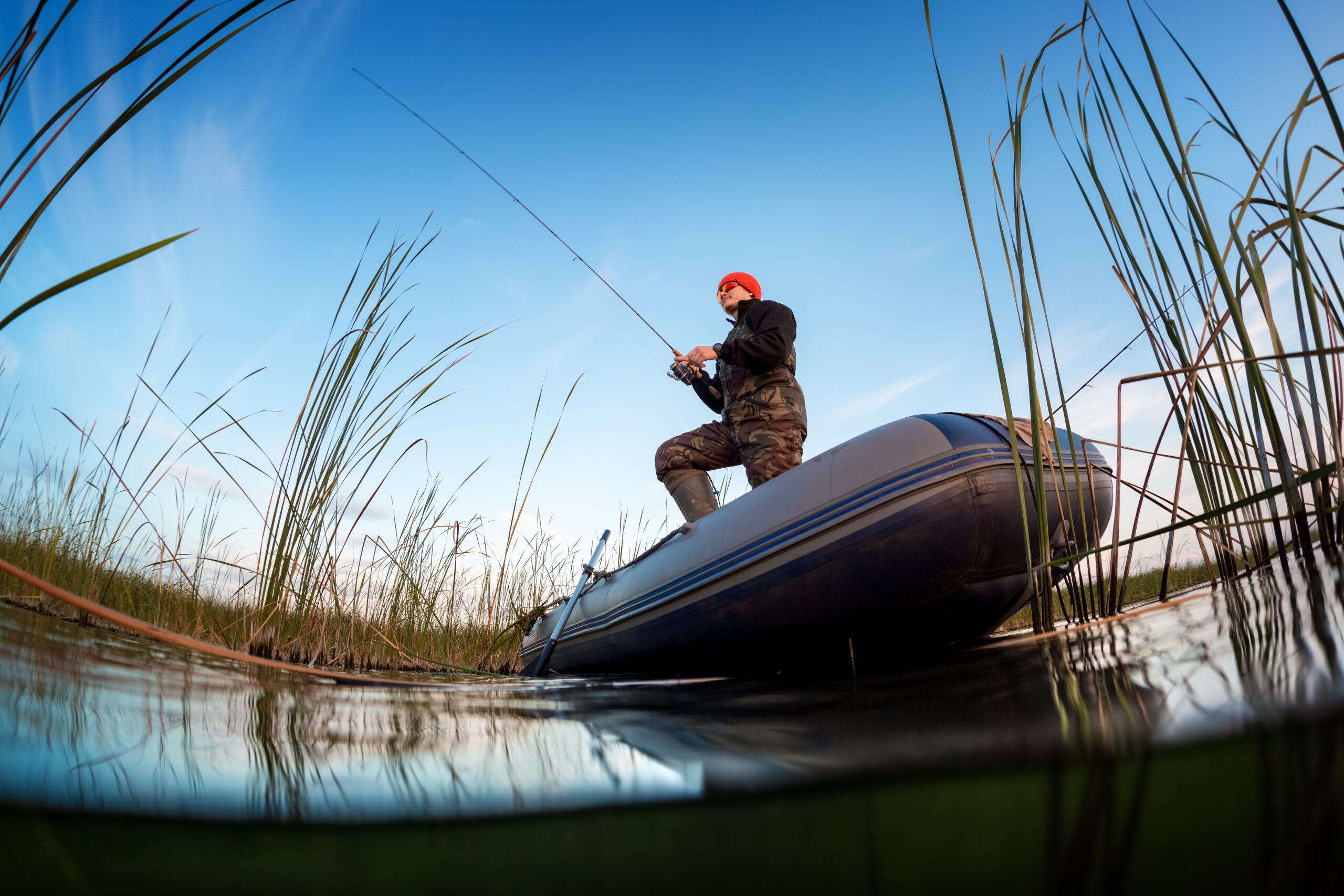There’s something inherently magical about being out on the open water—the wind in your hair, the vast horizon stretching out in front of you, and the rhythmic sound of waves crashing against the hull. Whether you’re heading out for a leisurely day of sailing, fishing, or just cruising, the sea has a way of refreshing the soul like nothing else. However, to truly enjoy your time on the water and ensure your safety, it’s essential to be well-prepared and mindful of a few important considerations.
In this article, we’ll guide you through some essential tips for having a safe, enjoyable, and unforgettable day at sea. From proper preparation to essential safety gear, here’s everything you need to know before you embark on your maritime adventure.
1. Check the Weather Forecast: Nature’s First Warning
The weather plays a pivotal role in determining the safety and enjoyment of your trip. Before heading out, it’s crucial to check the weather forecast, paying particular attention to the wind conditions, tides, and the likelihood of storms or rough seas. The weather can change quickly on the water, and being caught off guard can be dangerous.
Look for reports on wind speeds, wave heights, and whether there’s a chance of sudden weather changes. Even on seemingly calm days, conditions can shift, and it’s better to be over-prepared than to be caught in a storm. If the weather forecast calls for high winds or thunderstorms, it’s often best to postpone your trip for another day. Remember, the sea is always there, but your safety comes first.
2. Life Jackets: Never Set Sail Without Them
Safety should always be your top priority when out on the water. One of the most important safety items to carry aboard is a properly fitted life jacket for every person on board. While it may seem like a no-brainer, many accidents on the water occur because someone wasn’t wearing their life jacket when it was needed most.
Life jackets are essential because they keep you afloat in case of an emergency. Even strong swimmers should wear them, as rough seas or sudden falls can leave you exhausted or disoriented. There are many types of life jackets to choose from, so be sure to pick one that fits comfortably and is designed for the activity you’re doing. Don’t forget to check the life jackets before leaving the dock—make sure they’re in good condition and free of damage.
3. Know Your Vessel and Equipment: Familiarity Is Key
Before setting sail, familiarize yourself with the boat and its equipment. Whether you’re on a sailboat, motorboat, or yacht, knowing how to operate the vessel is crucial to ensuring a smooth and safe trip. Take some time to check that all the boat’s systems, including the engine, rudder, and steering, are functioning properly.
Don’t forget about your boat’s safety equipment. This includes:
- Flares and signaling devices in case of emergency
- First aid kit to address minor injuries
- Fire extinguishers in case of fire
- Extra paddles or oars in case the engine fails
- VHF radio to communicate with other vessels or coast guards if needed
If you’re new to a particular boat or unfamiliar with the equipment on board, don’t hesitate to ask for guidance from a professional or an experienced boater. The more you know, the more confident and safe you’ll feel.
4. Sun Protection: Protect Yourself from Harmful Rays
A day on the water often means long hours under the sun, so it’s essential to protect your skin. The reflection of sunlight on the water can intensify UV exposure, making it even easier to get sunburned. To avoid painful burns and long-term skin damage, follow these tips:
- Wear sunscreen with a high SPF and reapply every two hours, especially after swimming or sweating.
- Bring a hat to shield your face, and wear sunglasses to protect your eyes from harmful UV rays.
- Dress appropriately: Light, breathable clothing with UV protection will help keep you cool while offering protection from the sun.
Staying hydrated is just as important. The combination of the heat and saltwater can dehydrate you more quickly than you might realize. Drink plenty of water throughout the day to stay refreshed and energized.
5. Safety Briefing: Brief Your Crew Before Setting Off
Before you leave the dock, gather your crew for a quick safety briefing. This is especially important if you’re sailing with people who are new to boating. Make sure everyone knows:
- Where the life jackets are located
- How to signal for help in case of an emergency
- The proper man overboard procedures (if someone falls into the water)
- Where the first aid kit is stored
- How to operate any critical equipment, like the radio or emergency flares
Make sure your crew knows basic boating etiquette, like how to stay seated when the boat is in motion, how to avoid obstacles, and how to be mindful of other vessels. Communication is key to ensuring everyone’s safety, and a quick briefing can go a long way in preventing accidents.
6. Navigation: Keep Your Bearings Straight
Whether you’re venturing out for a short sail or a longer journey, navigation is critical. Even if you’re not using advanced navigation systems, it’s essential to have a sense of where you are and where you’re going. Ensure that you have:
- A map or chart of the area you’ll be navigating
- A compass to orient yourself, especially if you’re in unfamiliar waters
- A GPS system or smartphone app that provides your current location and helps you chart a course
If you’re going offshore, be sure you understand the tides and currents, as these can dramatically affect your vessel’s movement and overall navigation. Always keep a lookout for landmarks, buoys, and other boats to help you stay oriented. If you’re not experienced in navigation, consider having an experienced sailor or captain onboard to guide the way.
7. Watch for Marine Life: Respect the Ocean’s Inhabitants
The ocean is teeming with life, and one of the greatest joys of being out at sea is observing marine creatures in their natural habitat. However, it’s important to remember that we are guests in the sea’s ecosystem, and we must respect the creatures that live there.
- Keep a safe distance from wildlife such as whales, dolphins, and sea turtles.
- Avoid disturbing marine life by keeping noise to a minimum and refraining from feeding wild animals.
- Be aware of your environmental impact—avoid throwing trash into the water, and clean up any waste on board to ensure the ocean stays beautiful and clean for everyone.
Remember, responsible boating not only protects the ocean’s biodiversity but also enhances your connection to the environment, allowing you to experience the sea at its finest.
8. Know Your Limits: Don’t Overextend Yourself
While being out on the water is thrilling, it’s important to know your limits. If the conditions start to change unexpectedly, or if you’re feeling tired, don’t push yourself. Overextending yourself can lead to accidents, exhaustion, and, in worst-case scenarios, serious injury.
Be mindful of your energy levels, the time of day, and the weather. Don’t hesitate to turn back if conditions begin to deteriorate, and make sure to leave plenty of daylight to return to shore. Your safety is far more important than pushing for an extra hour on the water.
Conclusion: A Safe and Memorable Adventure
A day on the water is an adventure that can rejuvenate the spirit, provide a fresh perspective, and create memories that last a lifetime. However, ensuring that your outing is both safe and enjoyable requires preparation, awareness, and respect for the sea. By following these tips and taking the necessary precautions, you’ll be able to fully embrace the joys of boating while keeping yourself and your crew safe.
So, next time you set sail, remember to check the weather, pack your safety gear, stay hydrated, and most importantly, enjoy the peace and freedom that only the open sea can offer. Happy sailing!



